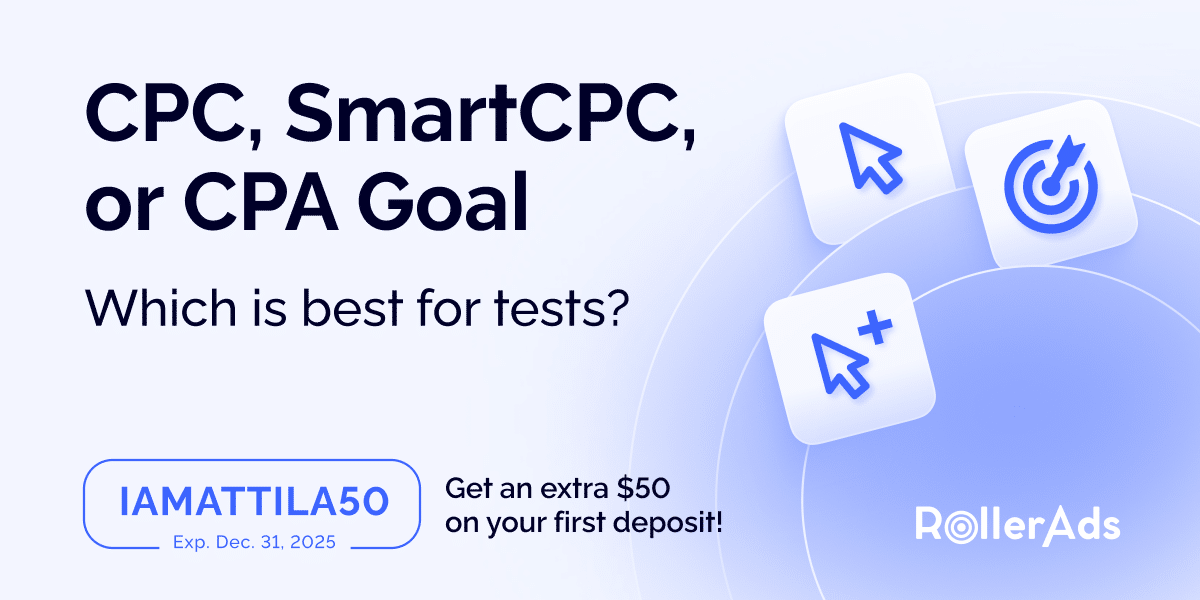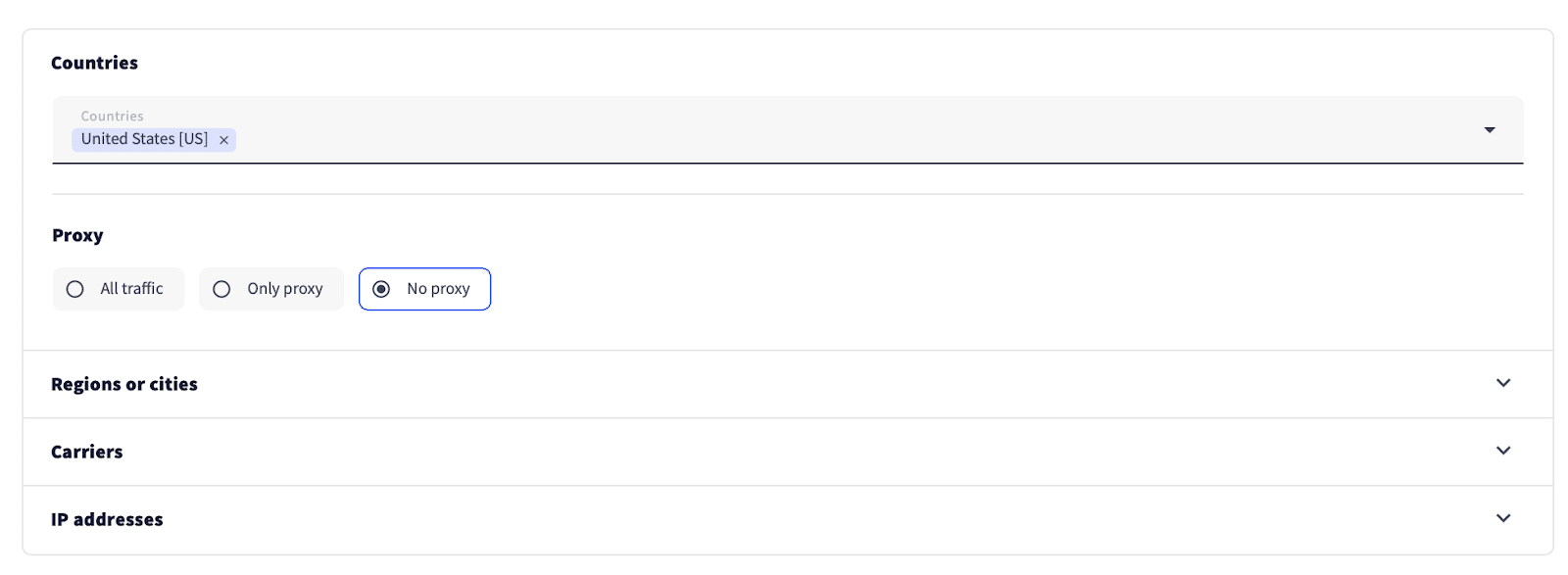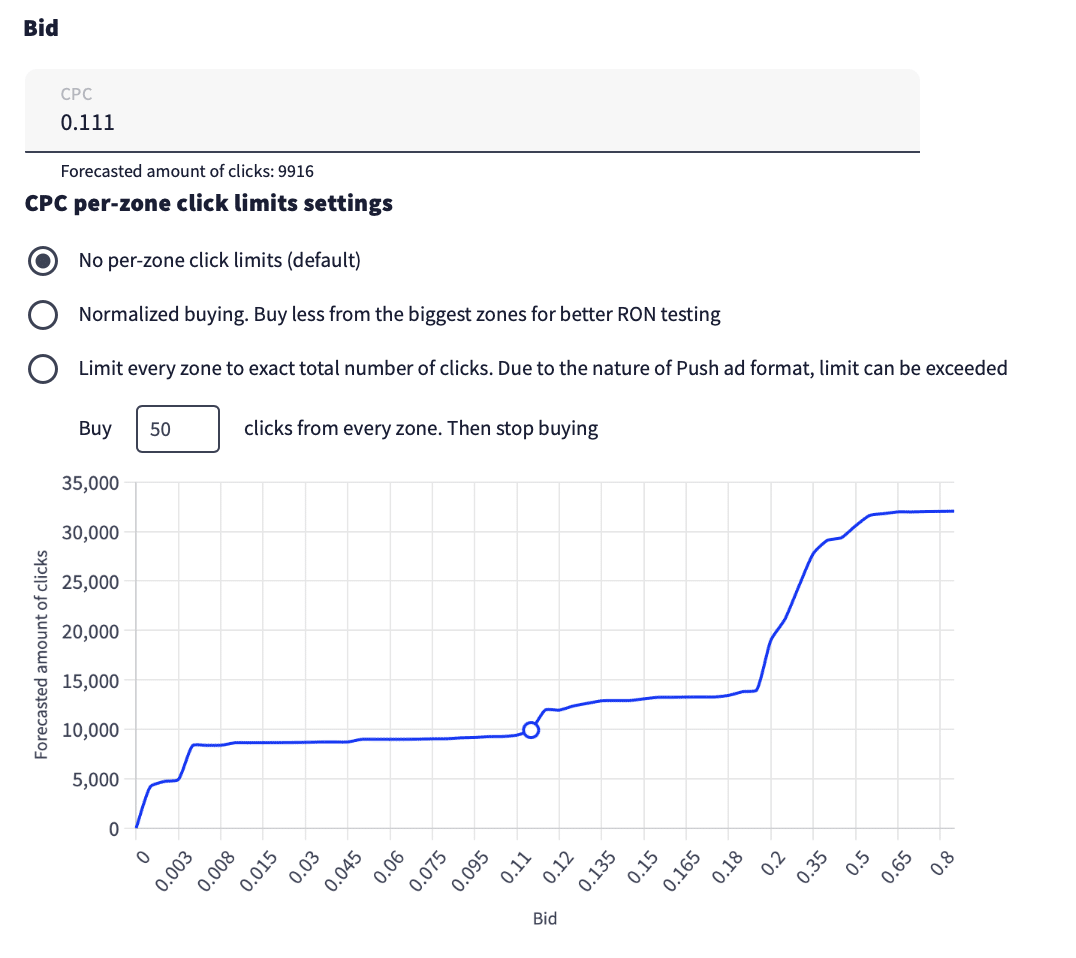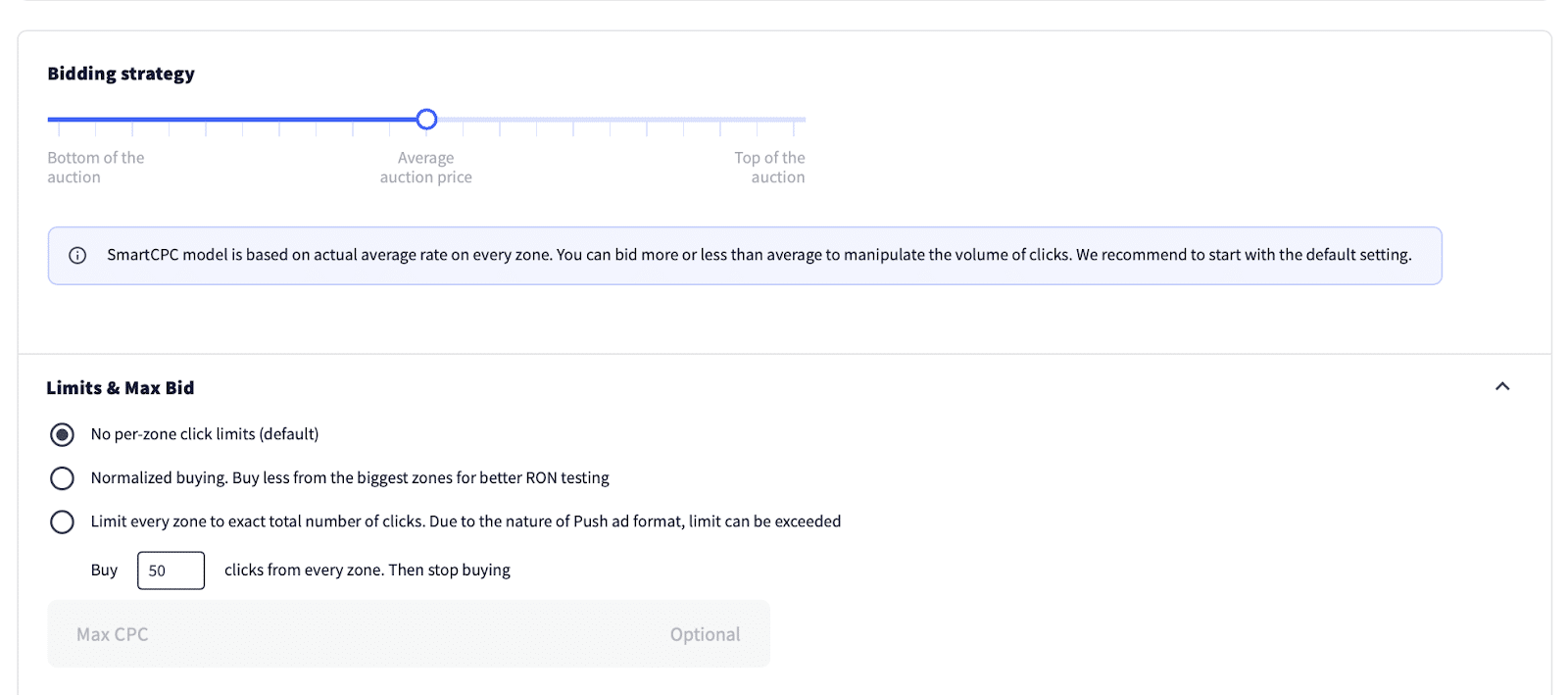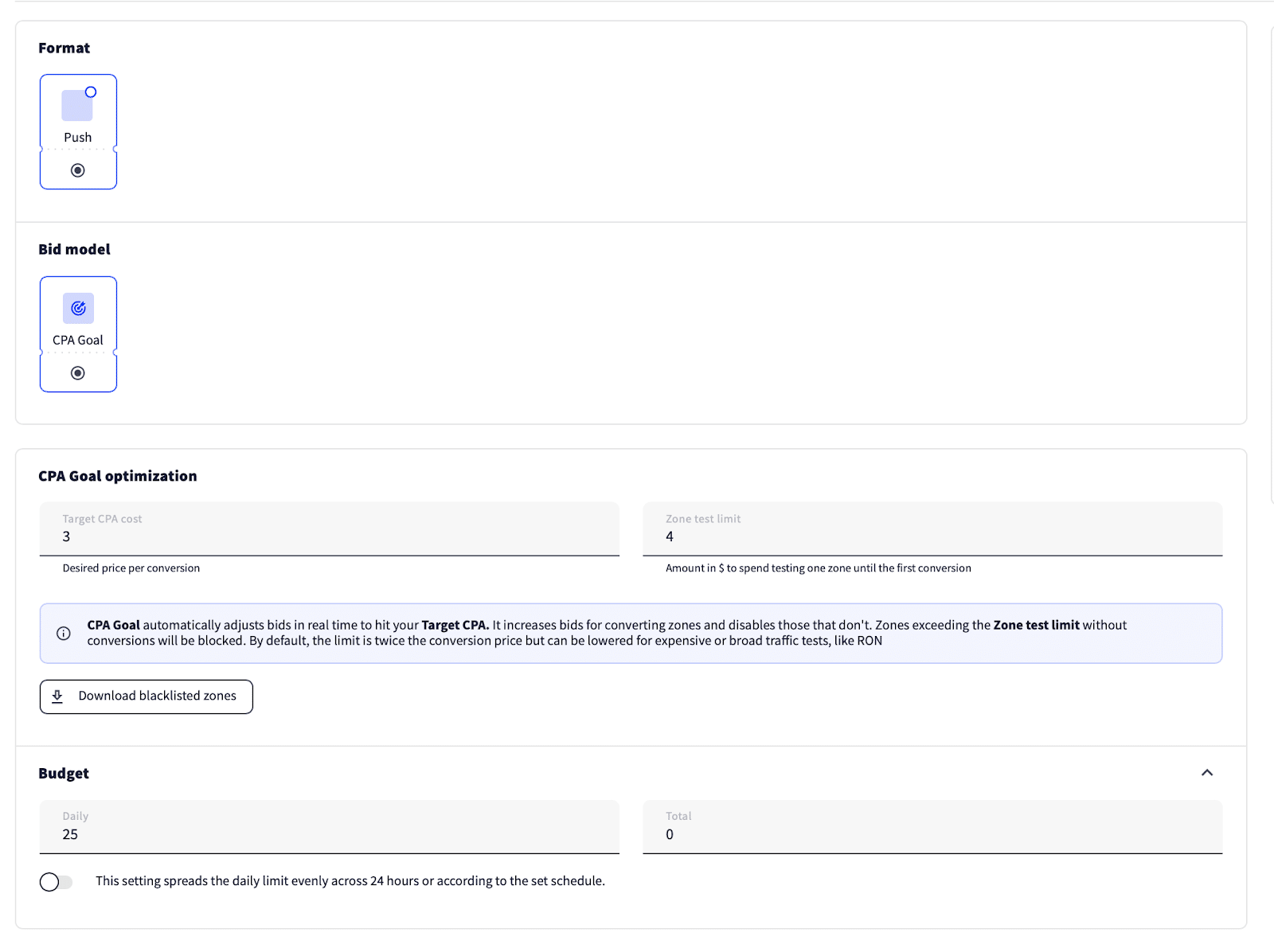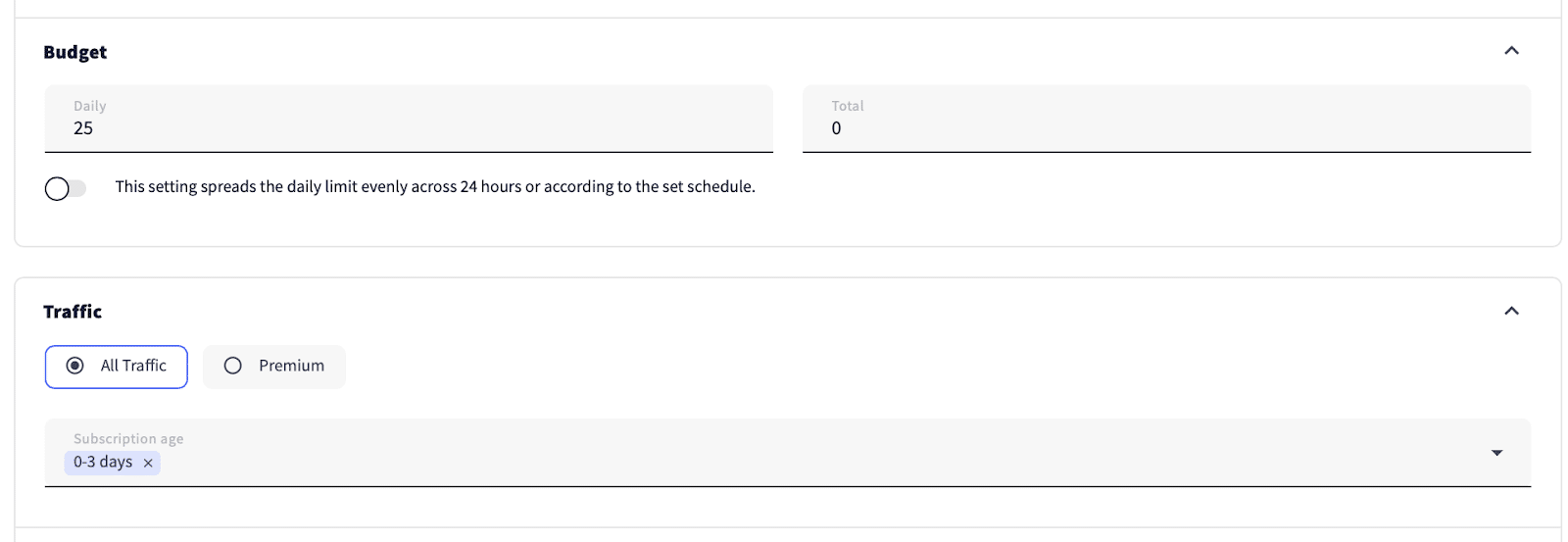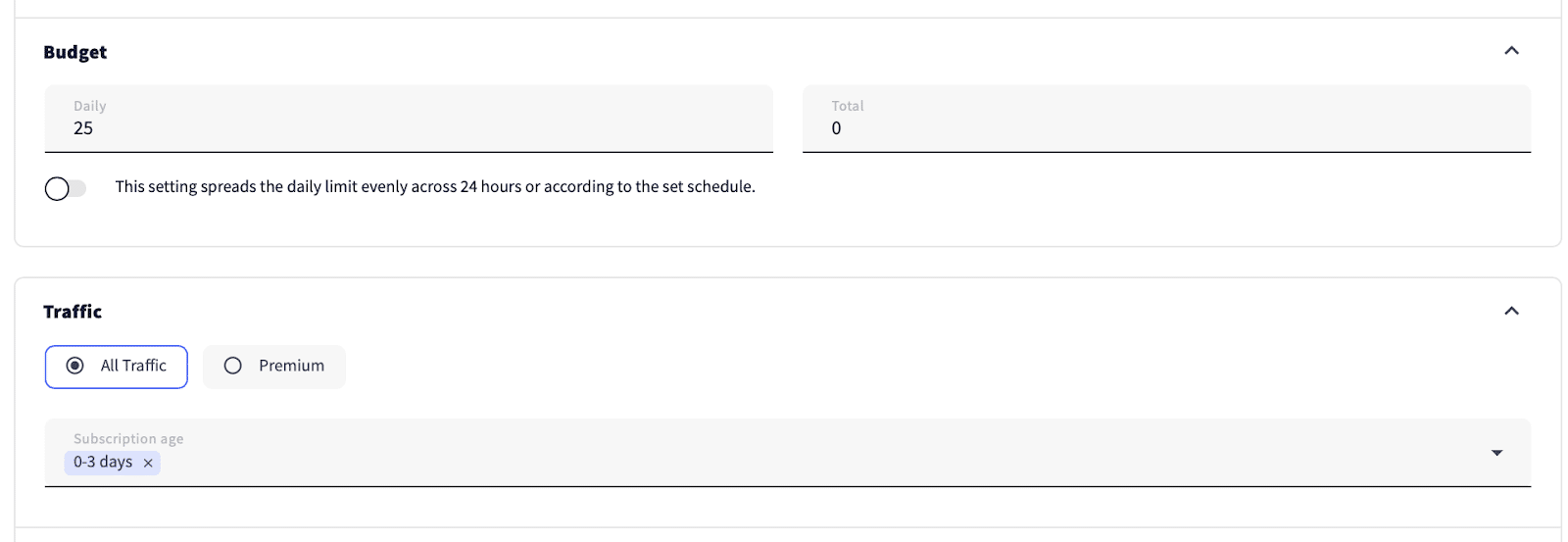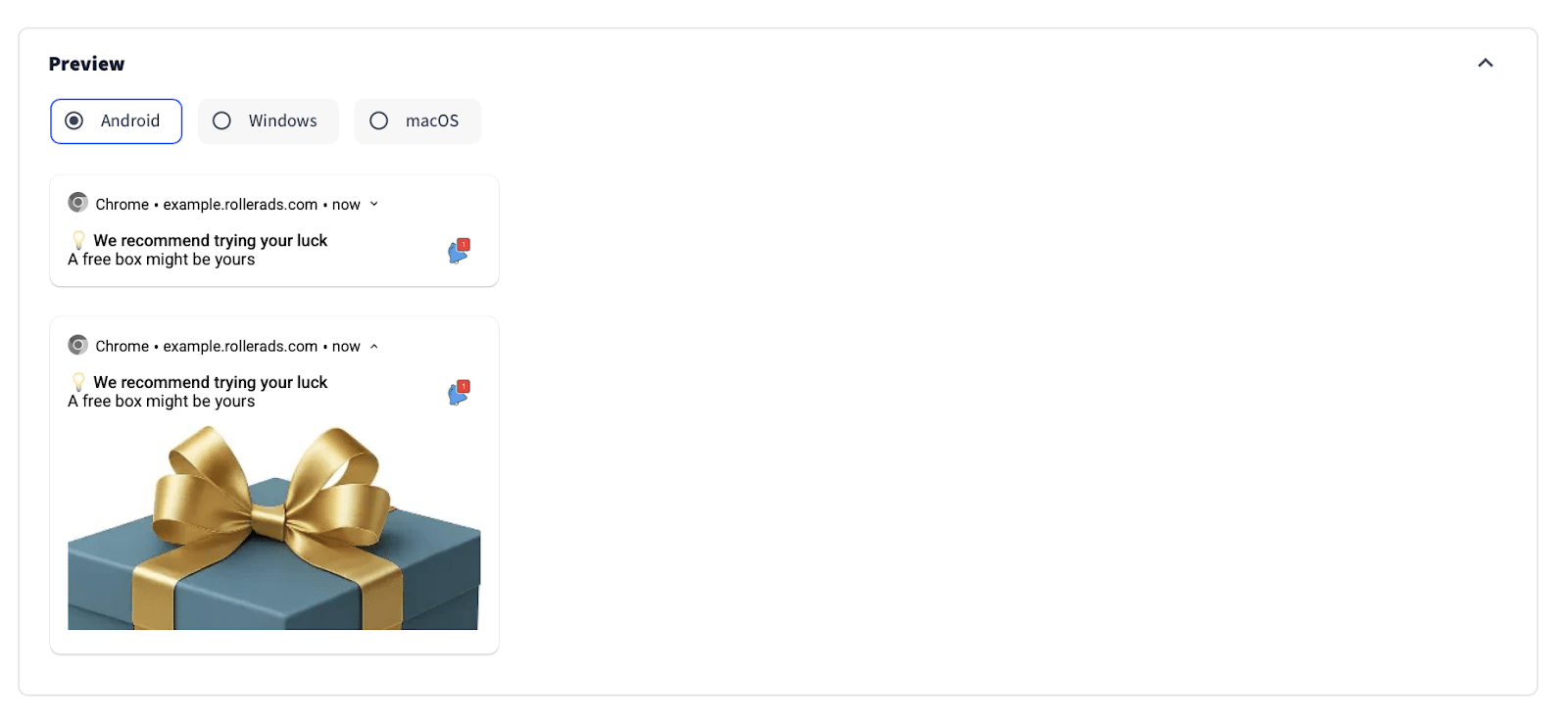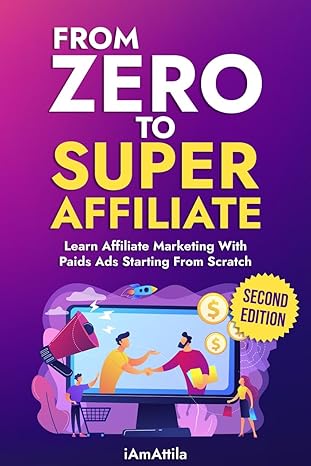There’s no denying that initial testing lays the foundation for the ultimate campaign success. However, you don’t have to test everything over and over again, as there are general patterns that can be followed.
In this case study by RollerAds, a global ad network, we’ll showcase how each bid model works and help you decide which one to choose when testing a new campaign. But first, let’s look at the core principles of each bid model discussed in this article.
Briefly About Bidding Models
When working with RollerAds, you might encounter traditional bid models (CPC and CPC), SmartCPC and SmartCPM, and CPA Goal. In this case study, we’ll test and compare three CPC-related bid models:
- Classic CPC(Cost Per Click) means you pay only when someone clicks your ad. You set a fixed bid, and each click costs exactly that amount.
- SmartCPC automatically adjusts your bid to the real-time auction price and helps you avoid overpaying, improve efficiency, and build whitelists of top-performing zones.
- CPA Goal—a cutting-edge approach to bidding. It optimizes for a target cost per action, charging only when a conversion occurs. The system adjusts bids per zone: lowering them where conversions are expensive, raising them where they’re efficient, and excluding poor performers to meet your desired CPA.
As you can see, these models gradually evolve from manual optimization to automation. But delegating everything to AI is not always the best strategy, and we’re about to explain why.
Testing Models Head-On
For the purposes of testing, media buyers from RollerAds opted for a Sweepstake offer from CpaRoll, a global affiliate network:
Three campaigns were launched, using the same setting but differing in bidding models: CPC, SmartCPC, and CPA Goal. As for the settings, they were as follows:
Ad format: Push
Category: Sweepstakes
GEO: United States
Device: Mobile
OS: Android
Payout: $3
Test Run of CPC
The next step was to enter the details of a campaign, specifically: ad format, bid model, name, target URL, and so on.
Source: RollerAds blog
As for creatives, media buyers added 10 alternatives to test them out. Ten is the sweet spot between overdoing it and underperforming.
Source: RollerAds blog
As per the offer terms, media buyers chose the US as their GEO and disabled proxy traffic.
The bid was set to $0.111 based on the offer vertical (Sweepstakes) and GEO (US). Active affiliates usually have data to support their judgment when setting up the bid. If you’re starting anew, consult your account manager via the in-platform chat.
Source: RollerAds blog
Source: RollerAds blog
The daily budget was limited to $25—there was no need to overspend on the zones that didn’t convert. Additionally, RollerAds pursued relatively new users because they generally display higher activity, so the subscription age was set to 0–3 days only.
Source: RollerAds blog
Always remember the offer’s KPIs! With this in mind, media buyers limited their targeting to mobile devices, using the Android system.
Source: RollerAds blog
Right after the preparation, the campaign was handed over to moderation—a great time to switch our attention to the SmartCPC campaign.
Firing Up SmartCPC
In terms of settings, the second campaign is no different from CPC, except for one thing—bid settings. As for the bidding strategy, RollerAds’ media buyers specified the average auction price and kept the slider in the middle by default, as the top of the auction spending can skew the logic and drain all the budget in vain.
Source: RollerAds blog
Same creatives, same targeting settings—the rest was basically copy-pasted.
CPA Goal Time
CPA Goal is RollerAds’s most automated bidding model, but to make it work, you need to set up postback. You can read a dedicated guide on their blog to start setting things up.
Anyway, with CPA Goal, you need to specify how much you’re willing to pay for a lead. Refer to your offer payout as a starting point. The media buyers set $3 as the desired price and $4 as the maximum threshold.
Source: RollerAds blog
Every other setting remained the same, including the daily budget of $25 and 10 creatives for testing.
Time to Optimize Three Campaigns
After the initial tests, all three campaigns ended up at a loss and negative ROI, ranging from 55% to 75%. CPA Goal was the most “beneficial” of this trio, but it was the time to start doing optimization.
Source: RollerAds blog
Remember that for the purposes of testing, the upper threshold was set relatively high. Plus, all the zones were allowed, and now it was the time to blacklist those that were not delivering conversions.
Starting off the classic CPC, the first candidates for elimination were zones with clicks but no conversions.
Source: RollerAds blog
The same principle was applied to creatives: clicks without conversions? Begone! There was also a profitable zone and 4 zones without any traffic. Those were saved for future testing.
Source: RollerAds blog
Applying the same principle with clicks and no conversions to SmartCPC…
Source: RollerAds blog
…Don’t forget to do the same with creatives.
Source: RollerAds blog
As for CPA Goal, despite all the automation, it still requires some control and discretion. Although only a handful of zones reached the pre-established upper threshold, it was decided to block the worst performing zones among the pack.
Source: RollerAds blog
Poorly converting creatives were also blocked.
Source: RollerAds blog
Ultimately, on the second day of testing and optimization, the results were as follows.
Source: RollerAds blog
Testing Results Summarized
When all the tests were over, the results were still far from satisfying:
Source: RollerAds blog
Classic CPC was still lagging behind, so it was turned off completely. As for SmartCPC and CPA Goal, their ROI was about -35%—better, but not enough. Thanks to the whitelists of sources and creatives, it was now possible to focus on the most profitable zones and tools to bounce back.
Capitalizing on the SmartCPC Results with CPC
Instead of continuing the old campaign with new filters, it was decided to launch a brand new one, relying on data obtained. This way, RollerAds tried to get as much traffic as possible.
Source: RollerAds blog
Adding some creatives into the mix.
Source: RollerAds blog
As before, specifying GEO and disabling proxy.
Source: RollerAds blog
Based on the initial test results, the bid was set to $0.095. This value was optimal to acquire traffic from the most converting feeds.
Source: RollerAds blog
For starters, the budget was set at a medium level with the goal to allocate more if things work out smoothly. Similar to the initial tests, the subscription age was set to 0–3 days.
Source: RollerAds blog
It was the right time to upload the whitelist of zones and feeds that had shown their potential. Similarly, a blacklist was also added to avoid the underperformers.
Source: RollerAds blog
The final step was to limit targeting to Android mobiles. Once that was done, the campaign was ready for moderation.
Source: RollerAds blog
Perfecting the CPC Campaign
Nothing special in terms of optimization: getting traffic and cutting off the zones with lackluster results.
Source: RollerAds blog
The same principle applied to the creatives.
Source: RollerAds blog
Based on the results obtained, non-converting OS versions were removed from the roster.
Source: RollerAds blog
After fine-tuning the campaign settings, it was possible to increase the budget to obtain more traffic and capitalize on profitable sources.
Source: RollerAds blog
Having run the campaign for only two days, the results were already much better than the first tests.
Thanks to SmartCPC tests, the whitelist of sources was compiled, which served as the foundation for CPC. With the data obtained, RollerAds managed to boost ROI up to 15%.
Capitalizing on the CPA Goal Results
Similar to SmartCPC, there are two ways of scaling up. You can either resume a CPA Goal campaign and scale up there continuously or create a dedicated CPC campaign, based on the whitelist obtained.
Based on the results, RollerAds’ media buyers decided to go with the existing CPA Goal campaign. It was already sufficiently optimized and delivered a great quality of traffic, marked by exceptional CR. Normally, they wouldn’t have launched a campaign with a bid of $0.4 against a $3 payout. However, CPA Goal provided all the necessary insights to justify the decision.
As an added bonus, when scaling up the existing campaign, you can analyze the performance from the very beginning, giving you a somewhat complete picture. Quick reminder what the test results of CPA Goal were:
Source: RollerAds blog
Some of the zones were already blocked in previous steps. Well, there was no reason to deviate from this path, so zones that provided little-to-no conversions were being excluded one by one.
Source: RollerAds blog
The same happened during the second day.
Source: RollerAds blog
When new traffic was compared to the results after the first and second days of scaling up, more unproductive zones were halted.
Source: RollerAds blog
Remember the creatives removed? Well… media buyers had to come up with replacements to ensure continuous performance. The following examples were added:
Source: RollerAds blog
Sources that hadn’t gone green had gone for good.
Source: RollerAds blog
Only two days into scaling, and the results were very inspiring: 50% of ROI against -36% after the first test.
After two days of scaling, the results looked very promising: 50.05% ROI against -36.27% ROI after the initial test.
Source: RollerAds blog
Comparing the Results for Both Campaigns After Scaling
Here’s a head-on comparison of CPA Goal vs. SmartCPC to CPC. They’re both profitable, but the former performed better.
Source: RollerAds blog
You should keep in mind, though, that SmartCPC’s results are not accounted for yet. If we merge its results with CPC, then ROI and profit will still be negative. However, SmartCPC was conducting reconnaissance and succeeded in it. It’s very likely that if the campaign had run for more days, the breakeven point would have happened.
SmartCPC test with scaling on CPC
Cost: $102.14
Revenue: $96
Profit: -$6.14
ROI: -6.01%
CPA Goal test with scaling within the same CPA Goal campaign
Cost: $107.76
Revenue: $117.00
Profit: $9.24
ROI: 8.58%
Source: RollerAds blog
Although CPA Goal might seem like a superior choice, there are situations when SmartCPC might be better:
- High conversion costs
- Two-step conversion funnel of the offer
- Postback is unavailable
Final word
All three models have their usage. SmartCPC is a robust pick for testing, CPC helps to capitalize on a whitelist, and CPA Goal is more automated than these two. However, CPA Goal requires postback to work properly, but it helps to access expensive zones and provides more in-depth insights.
The key takeaway is to run your own tests to find out the most efficient model for your particular case. You’ve seen these three models in action and have an approximate idea of how they work. Now is the time to put your knowledge into practice with RollerAds.
Use our exclusive promo code IAMATTILA50 before 31.12.2025 to get an extra $50 on your first deposit. That’s right, the guys are so confident in their tools that they don’t mind sharing some extra funds with our readers.

